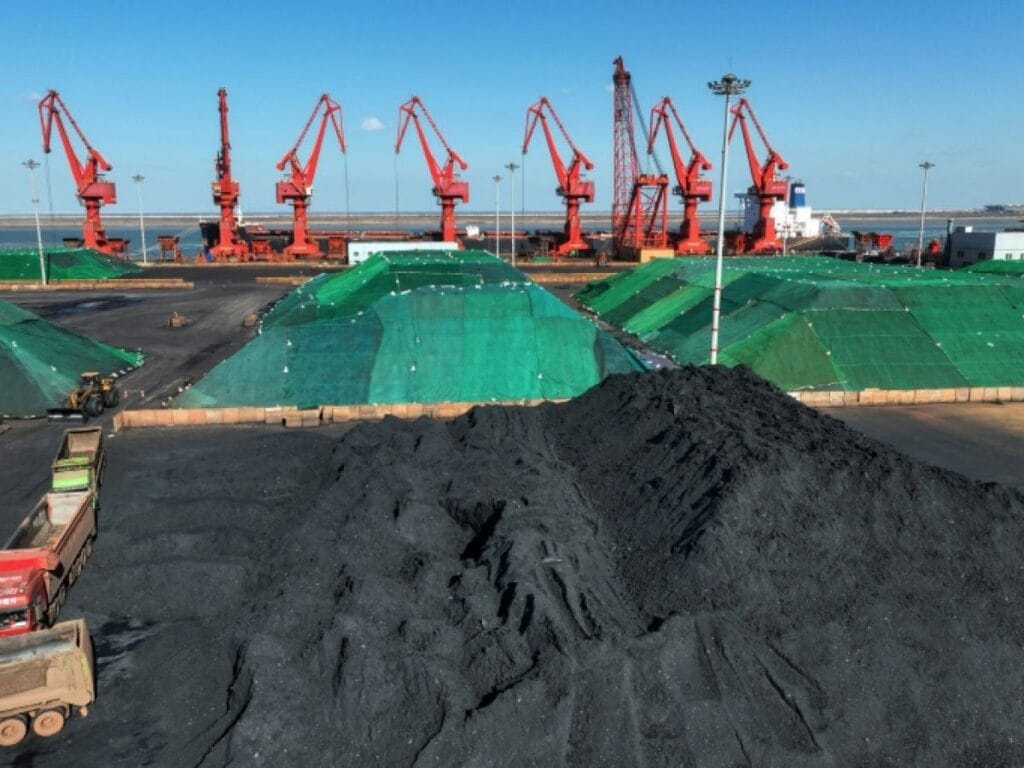According to Eurostat, coal production in the European Union reached a historic low in 2024, with only 242 million tons extracted, a decrease of 12% compared to 2023, confirming a downward trend that has been ongoing for several years. Consumption follows the same trajectory, with just over 306 million tons used.
While the majority of member countries have gradually phased out coal, some continue to extract and burn lignite, a particularly polluting and inefficient type of coal. These include Germany, Poland, Bulgaria, Greece, Hungary, Romania, and Slovenia. This type of coal requires significantly more combustion than hard coal to produce the same amount of electricity, thus contributing heavily to CO2 emissions.
Germany remains the largest consumer of lignite in Europe, emitting 92 million tons of CO2 in 2024, a volume greater than that of all other EU countries as well as most neighboring countries. Lignite consumption is currently about twice as high as that of hard coal, with nearly 200 million tons burned compared to about 110 million tons.
Several European countries have already announced deadlines to exit coal. Germany plans to phase out hard coal by 2036 and lignite by 2038. Poland, on the other hand, intends to continue its use until 2049. Other countries like the Czech Republic, Bulgaria, or Romania are considering an exit in the 2030s, although they have not yet formalized binding decisions. France, Italy, and Spain could also end this energy source by 2030. Greece aims to eliminate coal as early as 2028, supported by European funds and the World Bank to assist in the transition of the affected regions.
Finally, the war in Ukraine has profoundly altered coal trade flows in Europe. Imports of Russian coal have dropped by 98% between 2021 and 2023 due to the European embargo. Today, 90% of the coal imported into the EU comes mainly from five countries: Australia, the United States, Colombia, South Africa, and Kazakhstan. About 67% of the hard coal used in the Union is imported.


